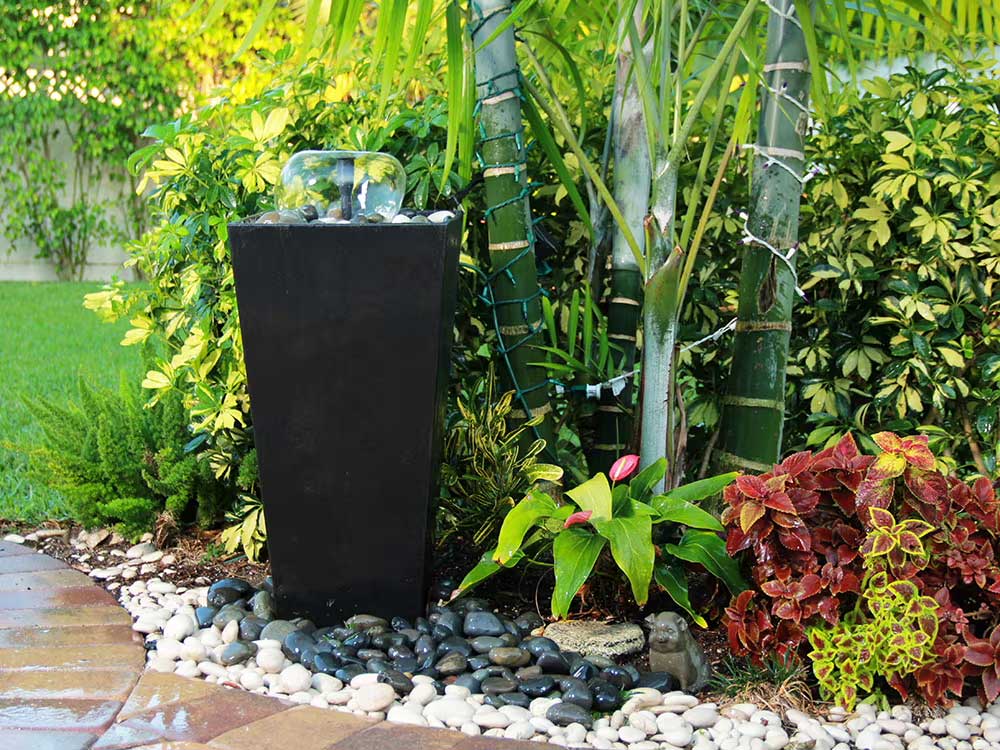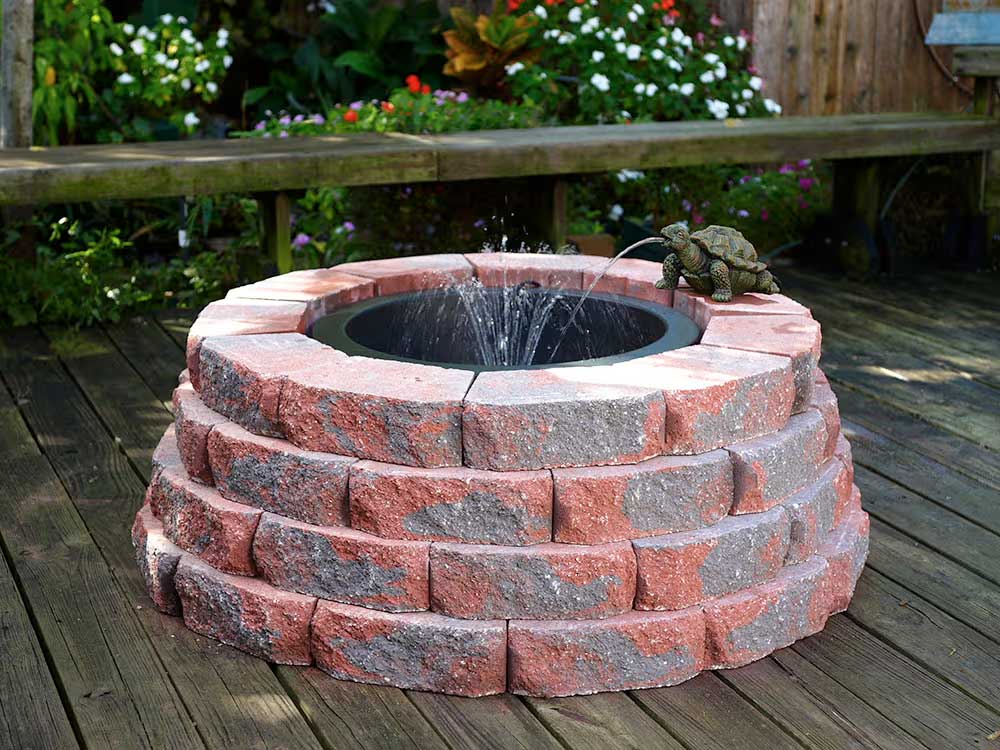Before you Start
Adding a waterfall to an existing pond or building a water feature with a waterfall can be easy. With a few calculations, a fair-weather weekend, and the right equipment you can have the waterfall of your dreams. There are a few things you should keep in mind...







